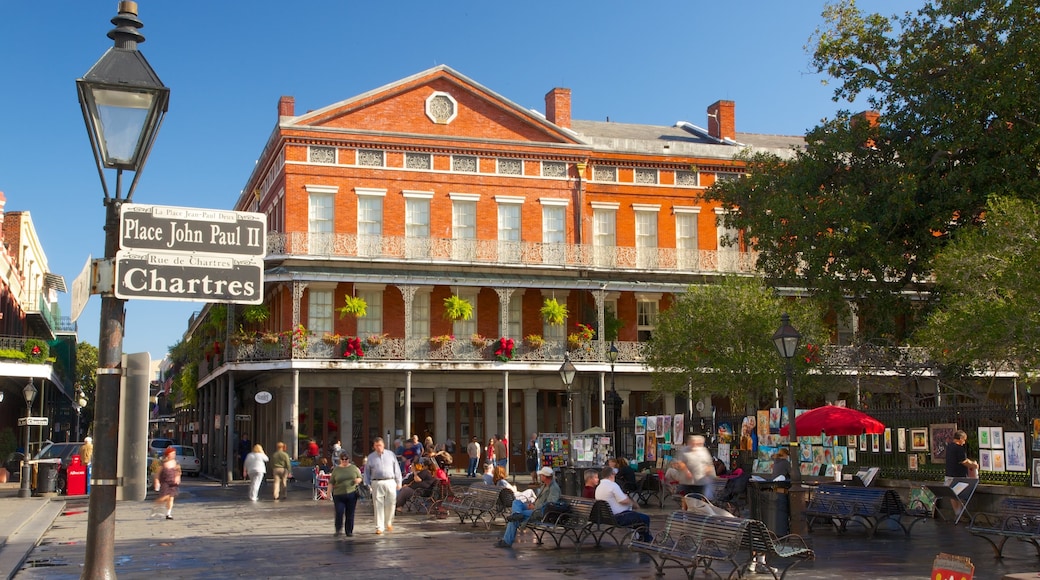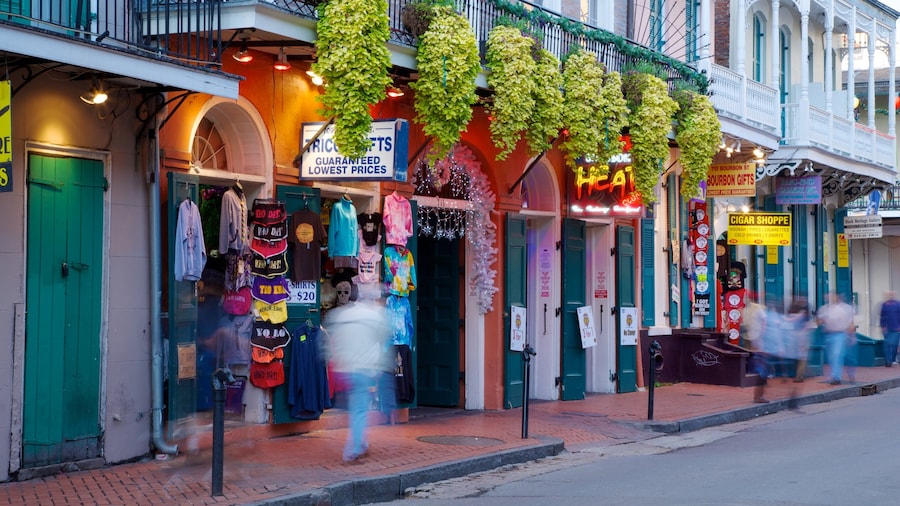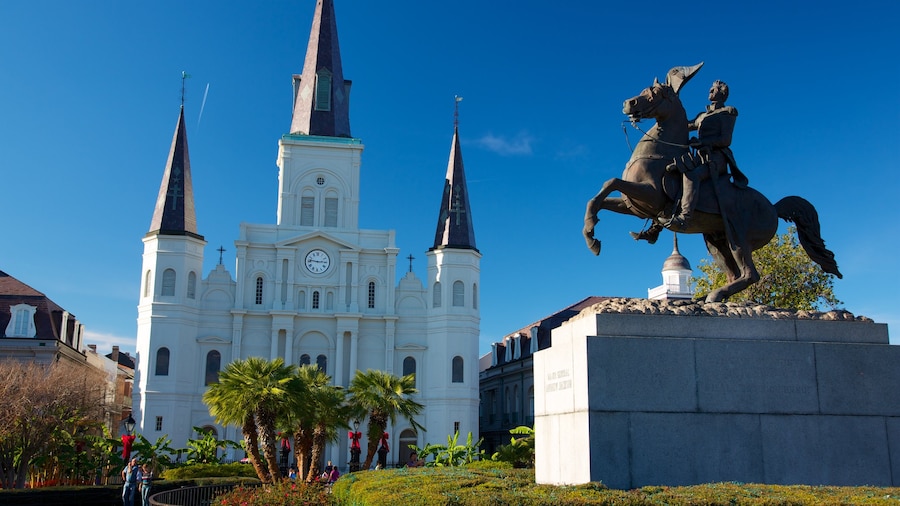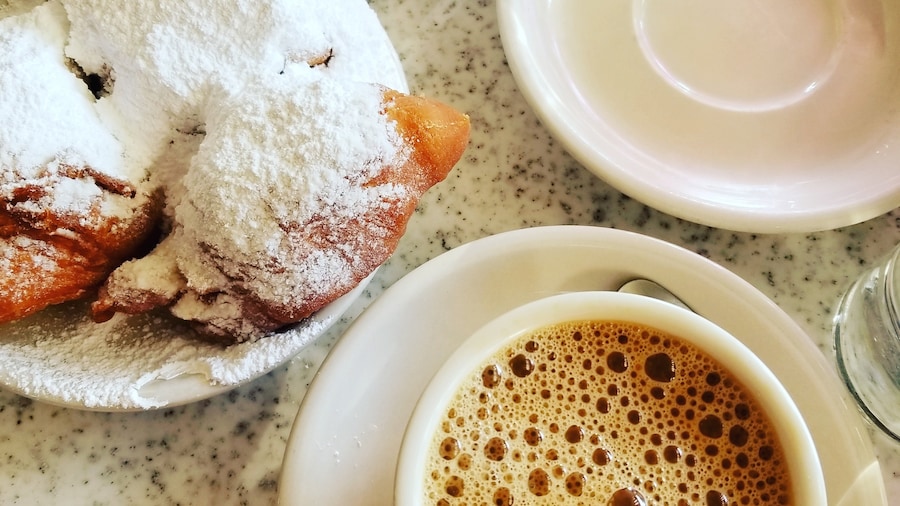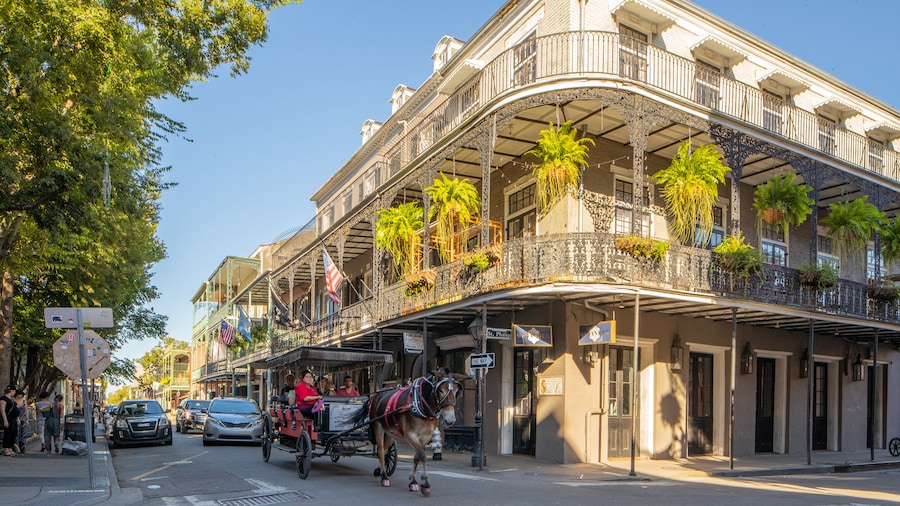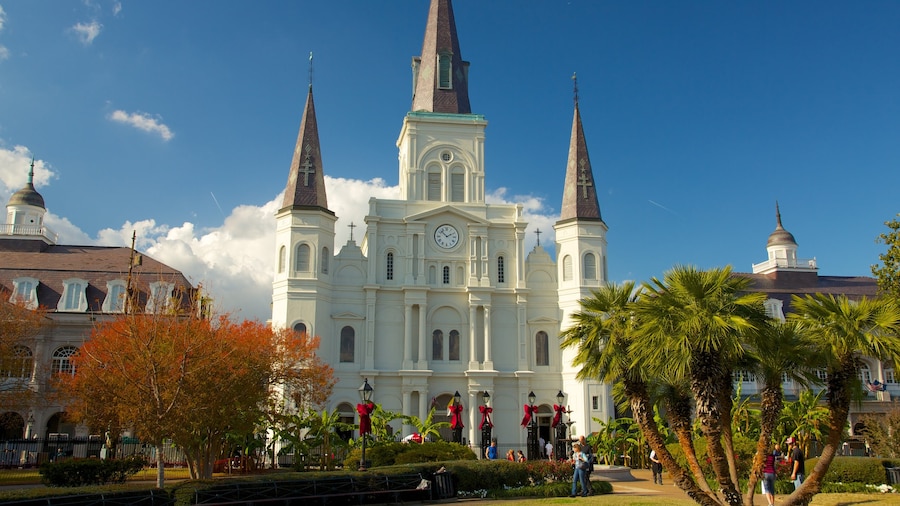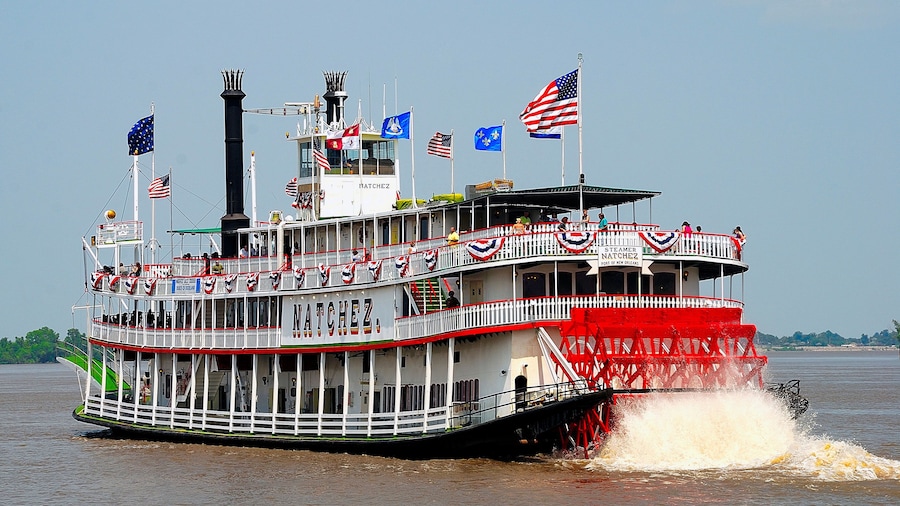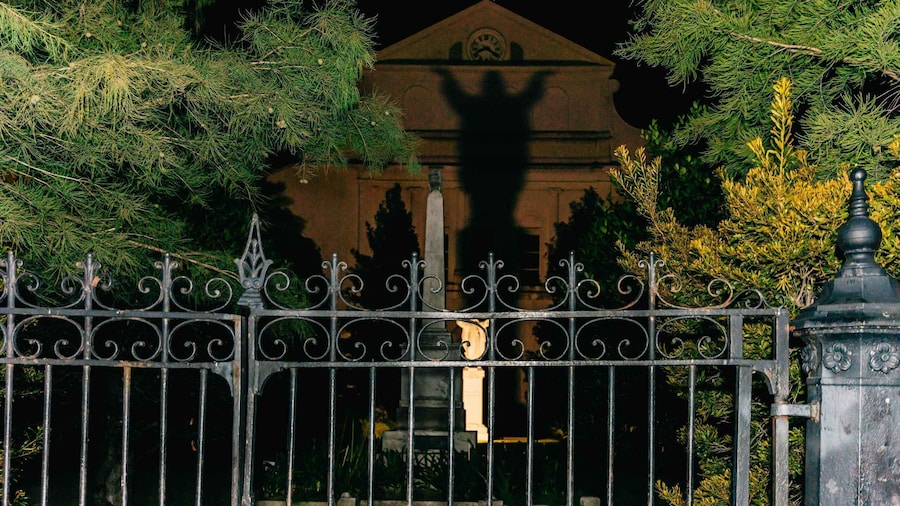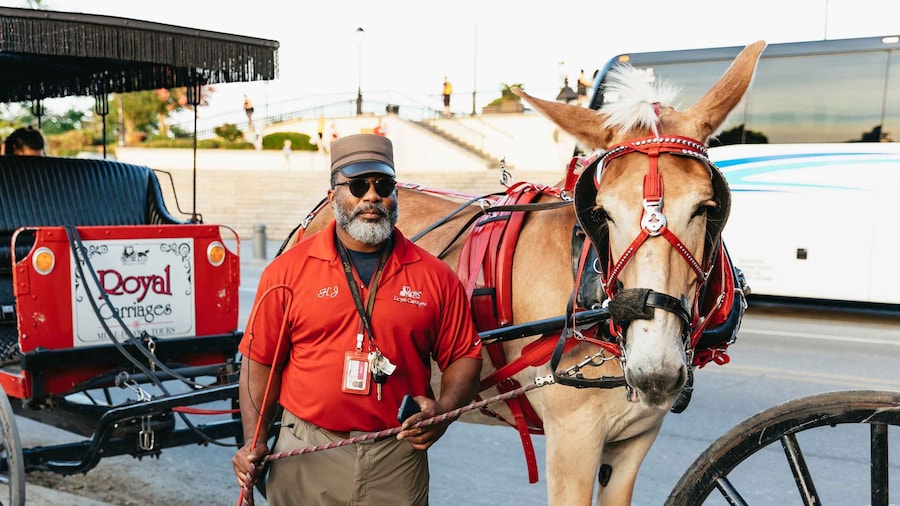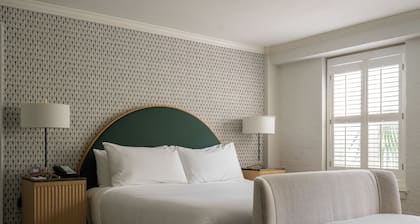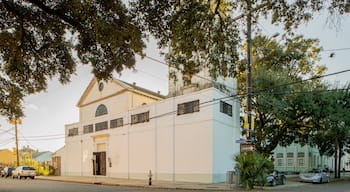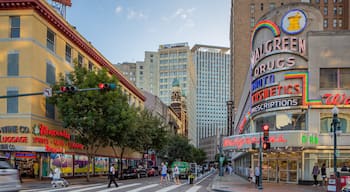The French Quarter is a collection of charming streets at the heart of New Orleans. It’s bordered by Canal Street and home to the origins of this modern city. This is where the original settlers built and where many of the freed slaves, no longer required to work on the surrounding sugar or cotton plantations, resettled. Their influence can be seen in almost every building façade or gated garden in this compact district.
New Orleans was where jazz music originated, and the French Quarter led the way. It was the music of the slaves, with its raucous expression of momentary freedom, that started it all. Over the years, and as immigrants began to integrate as free men, the music developed into a blend unique to New Orleans. And, it was given a unique name: jazz. The French Quarter is still a jazz focal point, with parades held throughout the year to celebrate this pioneering music.
Aside from music, the French Quarter’s history has a darker side. Stop by the LaLaurie House on Royal Street, an allegedly haunted house where slaves were tortured in a secret attic chamber. Nearby, journey through the city of the dead at St. Louis Cemetery No. 1 where the queen of Voodoo, Marie Laveau, lies buried. It is believed that leaving a gift at her tomb grants a person their wish.
Relive the romanticism of the past by hiring one of the horse-drawn carriages that wait in lines on Decatur Street, and ride past the district’s varied colonial buildings. Many of these are now home to up-market French restaurants, so couples should take the time for a candle-lit dinner. The French Quarter is also home to the St. Louis Cathedral and Jackson Square.
The French Quarter is best seen on foot, and you can get there by taxi, bus, or streetcar.
